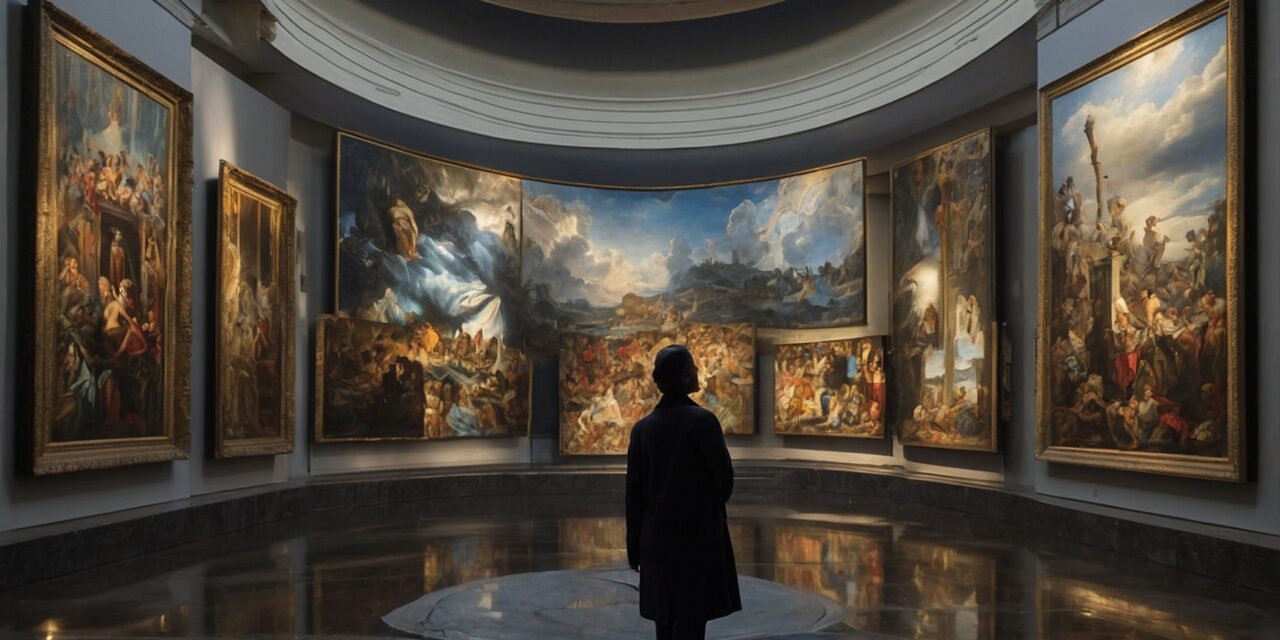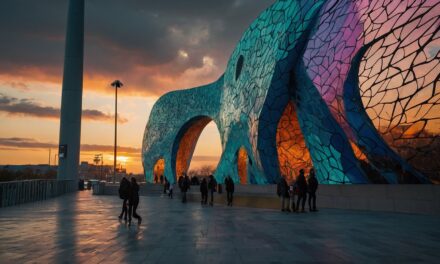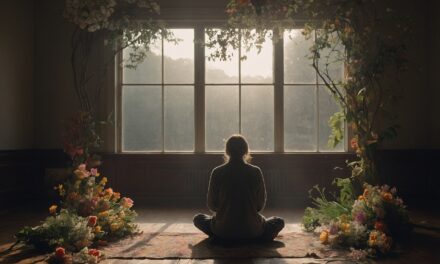Art has always been an integral part of human expression, reflecting our emotions, beliefs, and experiences. Beyond its aesthetic appeal, art plays a profound role in shaping society and culture, serving as a catalyst for change, inspiration, and reflection. In this article, we’ll delve into the transformative power of art and its impact on society and culture.
Art as a Reflection of Identity and Experience
Art serves as a mirror of society, reflecting the diverse identities, experiences, and perspectives of individuals and communities. Whether through painting, sculpture, photography, or performance, artists capture the essence of their lived experiences, challenging norms and stereotypes, and celebrating diversity. Artistic expressions often serve as a platform for marginalized voices, shedding light on social issues such as inequality, discrimination, and injustice. By amplifying diverse narratives and experiences, art fosters empathy, understanding, and solidarity within society, contributing to greater social cohesion and inclusion.
Art as a Catalyst for Social Change
Throughout history, art has played a pivotal role in driving social and political change, inspiring movements for justice, equality, and freedom. Artists have the power to challenge the status quo, provoke thought, and ignite conversations about pressing issues facing society. From protest art and political satire to murals and public installations, art serves as a powerful tool for advocacy, activism, and social mobilization. By amplifying marginalized voices and raising awareness about social injustices, art galvanizes collective action and fosters positive societal transformation.
Art as a Source of Inspiration and Creativity
Art stimulates imagination, creativity, and innovation, enriching our lives and inspiring us to see the world in new ways. Whether through visual arts, music, literature, or dance, artistic expressions evoke emotions, spark curiosity, and ignite passion. Artistic experiences nourish the soul, providing solace, comfort, and inspiration during challenging times. Moreover, exposure to art enhances cognitive abilities, critical thinking skills, and problem-solving capabilities, fostering a culture of creativity and innovation within society. By nurturing artistic talents and fostering creative expression, societies cultivate a vibrant cultural landscape that enriches the human experience.
Art as a Bridge Across Cultures and Borders
Art transcends linguistic and cultural barriers, serving as a universal language that connects people across geographical boundaries. Through art, individuals can explore and appreciate diverse cultures, traditions, and perspectives, fostering cross-cultural understanding and appreciation. Artistic collaborations and exchanges promote dialogue, mutual respect, and intercultural exchange, bridging divides and fostering a sense of global citizenship. By embracing cultural diversity and celebrating artistic expressions from around the world, societies cultivate a rich tapestry of human creativity and heritage, strengthening connections and fostering peace and cooperation.
Art as a Legacy for Future Generations
Art endures as a timeless legacy that shapes our collective memory and identity, leaving a lasting impact on future generations. From ancient cave paintings to contemporary masterpieces, art preserves our cultural heritage and historical narratives, providing insights into the human experience across time and space. By investing in arts education, preservation, and accessibility, societies ensure that art remains accessible and relevant to future generations. Through art, we pass down stories, values, and traditions, inspiring future generations to create, innovate, and contribute to the ongoing tapestry of human civilization.
Art transcends boundaries, inspires change, and enriches our lives in countless ways. From reflecting identity and experience to driving social change, fostering creativity, bridging cultures, and preserving heritage, art holds the power to transform societies and shape our collective future. By embracing and supporting the arts, societies can harness the transformative power of art to build more inclusive, creative, and resilient communities for generations to come.





